Indigenous Microorganisms 4 aka IMO 4
The following post was taken from my blurt blog
https://blurt.blog/ecoblurt/@dynamicgreentk/indigenous-microorganisms-4-aka-imo-4
IMO 4 aka INDIGENOUS MICROORGANISMS 4
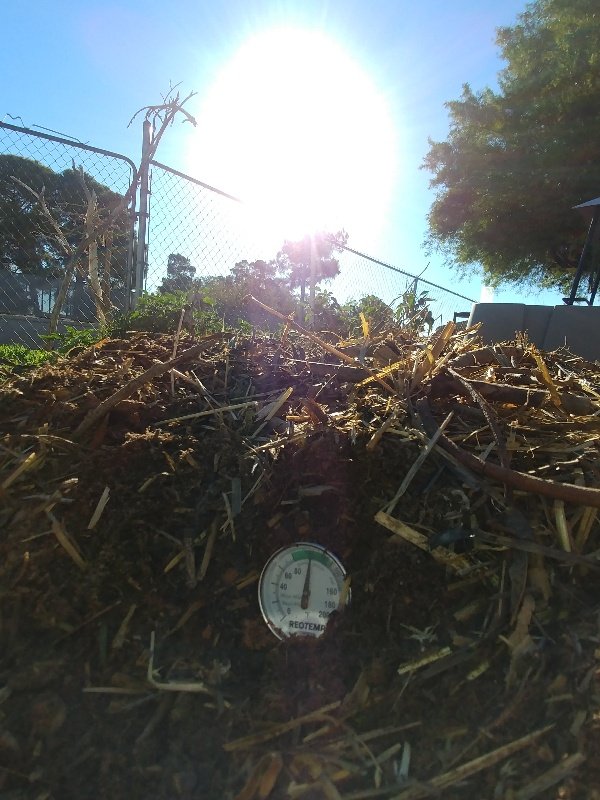
What is IMO 4?
I just found this amazing PDF file on the indigenous microorganisms(IMO) process that explains in great detail about how IMO is a beneficial bio-stimulant that is crucial in permaculture systems.
Several components make up the Korean Natural Farming (KNF) system. First, and most importantly, is the microbial bio-stimulation component which incorporates indigenous microorganisms into the system, in an effort to increase the overall biodiversity and population density within the agricultural area. The second, is the nutritional component. This includes plant, microorganism, livestock, and human nutritional health. Third is the disease suppression component, which also considers plant defenses, livestock gut flora inoculation, and specific farm system infrastructure designs. PDF SOURCE
Also be sure to visit this Video from Chris Trump on IMO 4!
Basically, I am taking my finished IMO 3, which is local mycelium, bacterias and yeasts inoculated into wood chips and wheat grain and mixing it with my soil around the property. IMO 4 will help support the soil health by aiding in moisture retention, plant growth and overall soil health to mention a few benefits.
IMO 4 Materials Needed:
- IMO 3
- Soil Blend (dirt, soil, clay, loess, anthill, mole mound)
- IMO 4 Solution
- Shovel
- Straw, leaves or a tarp for cover
- Earthen floor
- 12 inch Compost Thermometer
- Measuring tools for the solution
- Moisture Meter
IMO 4 How To:
Mix IMO 4 Solution
In one container mix:
- Fermented Plant Juice (FPJ)- 7.5 mls per gallon
- Brown Rice Vinegar (BRV)- 7.5 mls per gallon
- Oriental Herbal Nutrient (1 year old)- 3.7 mls per gallon
- Salt Water or Sea Salt- 5 oz or 0.2-0.3 oz
- Humic Acid- 15mls per gallon leachate/ vermicompost sourced. 7.5 mls per gallon for store bought.
IMO 4 Solution Notes:
Generally it will take approximately twice as much solution as it did for IMO 3, because there is 1.5 to 2 times the volume. Never add just water to your IMO 4 pile! If the environment is hot (≥80°F) and arid (≤20 RH) may take up to 10 - 12 gallons of solution, if the environment is cold (≤50°F) and humid (≥60 RH) may take a low as 8 gallons of solution, and if soil is already wet add even less.
Prepare your raw source materials by volume:
- 1 - 2 parts IMO 3
- 1 part Soil Blend
Soil Blend consists of 50% dirt, from above and/or below your farm, but as close to your farm as possible. Also, 25 - 50% of your cultivation soil from: your fields, orchards, patties, rows, beds, pots, etc. Plus you can add red clay, loess soils, ant hill soil, and mole mounds at 25%.
For this step I had help thankfully! I had to pick axe clay soil around this property and it was very heavy to carry around and mix thoroughly.
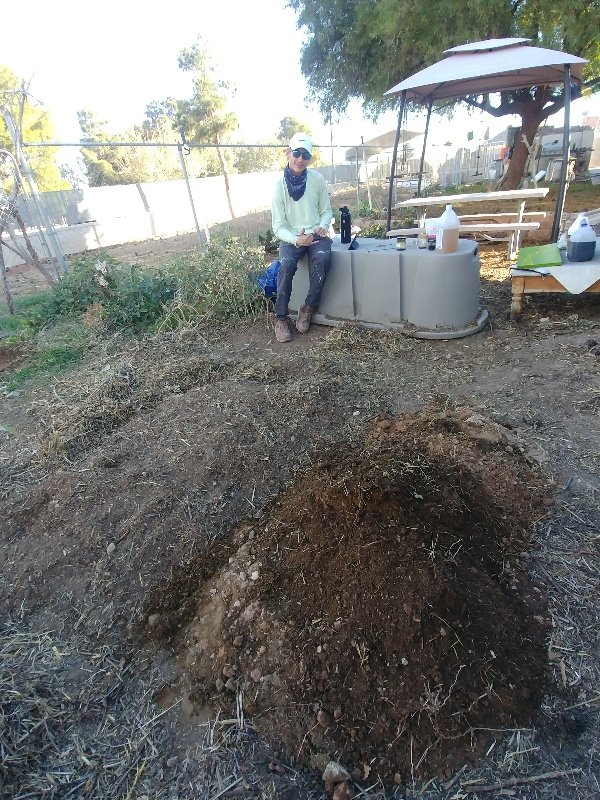
Mix your source materials well, and shape into a pile on the earth, not on cement, or wood, but the dirt. Create a divot about 12 inches in diameter, and 6 - 8 inches deep in the top center of your IMO 3 and Soil materials.
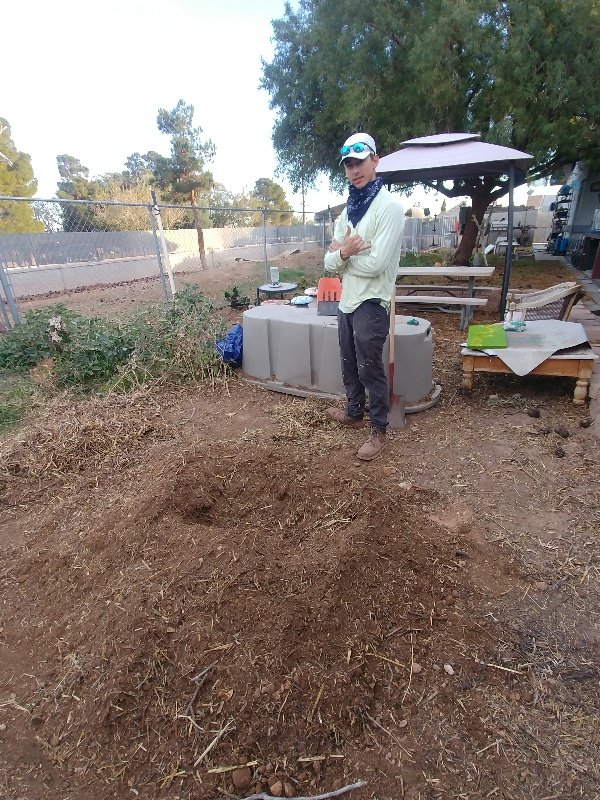
Pour about 25% of the solution into the divot, and blend thoroughly, to ensure moisture is evenly distributed. Repeat until the IMO 4 pile is about at a 60 - 70% moisture level. Shape pile to a height approximately 18 inches high. Adjust height to increase or decrease pile temperatures. Higher piles tend to be hotter.
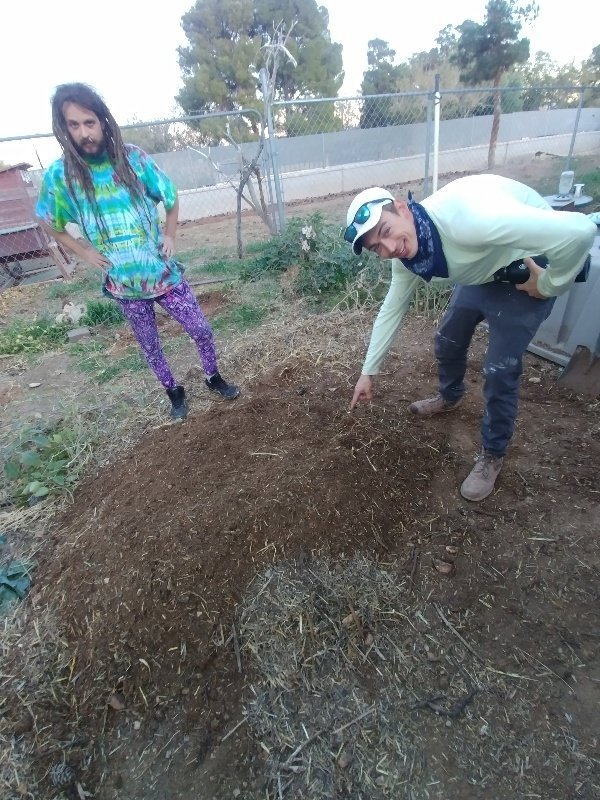
Cover pile with straw until 70% shade and 30% light is achieved, aiding in heat, microbial inoculation, and moisture retention. Cover from rain if necessary, if IMO 4 gets extra wet at this stage, it could go anaerobic, and fail. Always turn the pile at the first 24 hours, even if it doesn't heat up, you may need to turn the pile twice a day to keep heat below 125°F. Turn the pile every day, to keep temperature 125°F or lower. Piles at 130°F almost always are bad, piles at 135°F is a fail.
IMO 4 should be complete in about 5 - 7 days, when the temperature drops around ≤80F
From my Instagram:
https://www.instagram.com/p/CH5hQL3DPzm/?igshid=1dxqyl5jwzji4

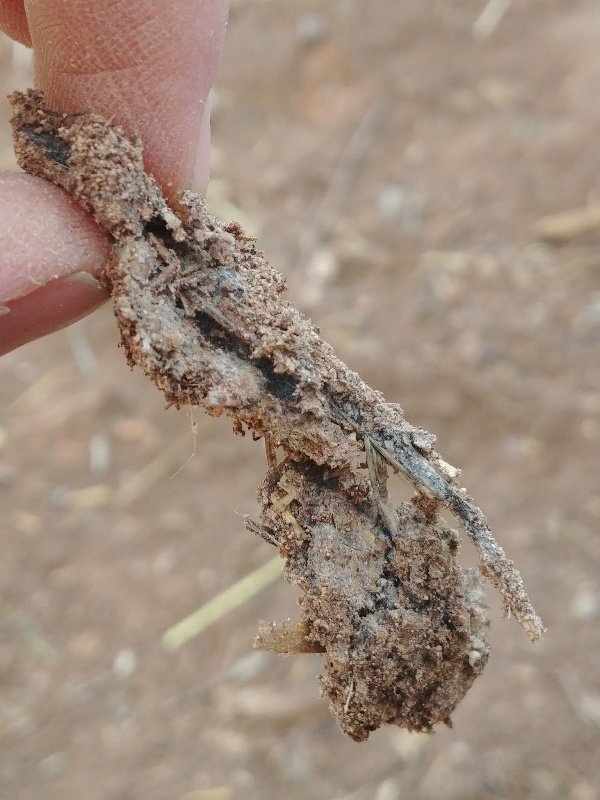
IMO 4 How To Notes
If the pile does not reach a temperature of 80 - 100°F it probably needs more water.
Cover your pile in a building or tarp to keep the rain out, and make sure your pile is NOT in a low spot that accumulates water. If too moist, add more earthen mix. Do not break up the clumps!
IMO 4 Storage
DO NOT STORE IMO 4, may keep it in a cedar box, or something similar with slight air gaps for a week or two. Jute sacks, stacked off the ground to allow airflow under a covered building also works, or large piles on the ground under a roof. If using box storage continue to turn for an additional week if temperatures have not stabilized.
IMO 4 Storage Notes
- Use within a week or two, DO NOT STORE IMO 4
IMO 4 Application
First, another great video from Chris Trump. This one is on IMO 4 application.
- For fields, row crops, etc. apply approximately 330 pounds (about 10 cubic feet) per 0.25 acre, 1 week prior to planting, for trees 3 times a year.
- Apply SOS/limo just after application of IMO 4 to soil, to moisten to 1/4 inch depth or approximately 100 gallons per 0.25 acres (11,000 square feet), for soils that are suffering from pests and disease from mono cropping, or are in poor condition additionally apply SOS 1 week prior to applying IMO 4.
- Apply IMO 4 about 2 hours before sun down.
Use for LIMO - Sprinkle on our compost pile to really kick it off
- Use for IMO 5
- Use for Fermented Mixed Compost FMC
My Instagram
Most up to date progress on my Korean Natural Farming
Discord for Natural Farming
(*Formerly Dynamicsteemians)
- Inter Natural Farmers
Starting the Punic Wax Network with Mining Pools, Punic Copper [PUCO] and Punic Tin [PUTI]
https://steemit.com/hive-172229/@punicwax/starting-the-punic-wax-network-with-mining-pools-punic-copper-puco-and-punic-tin-puti#